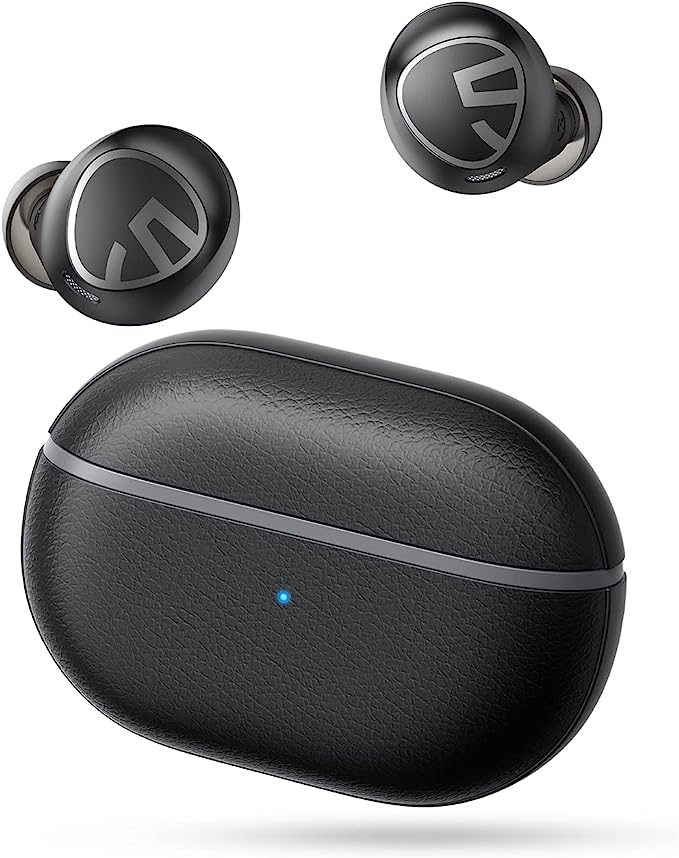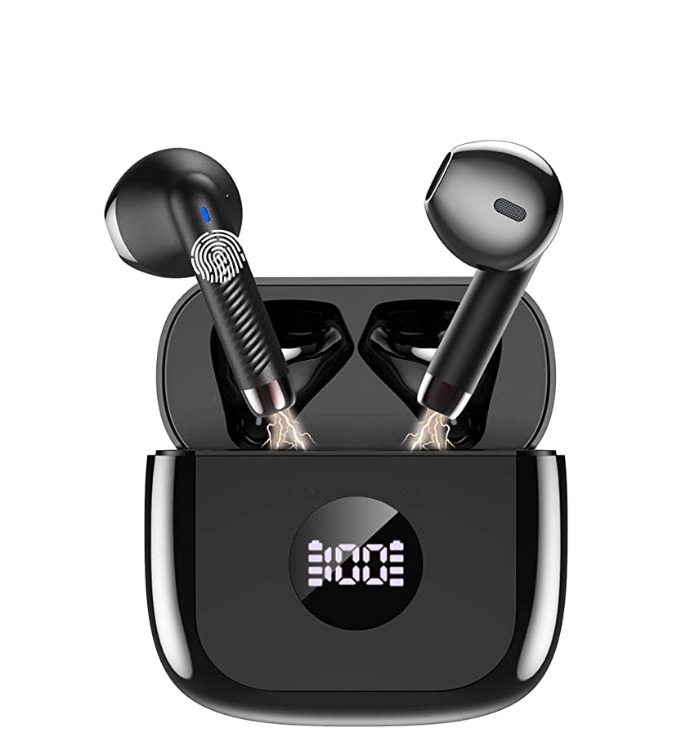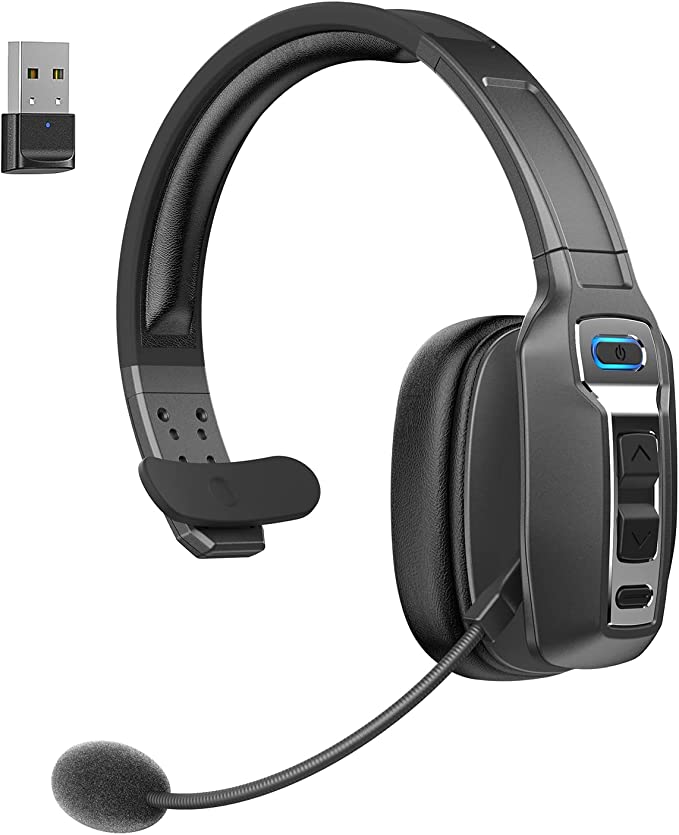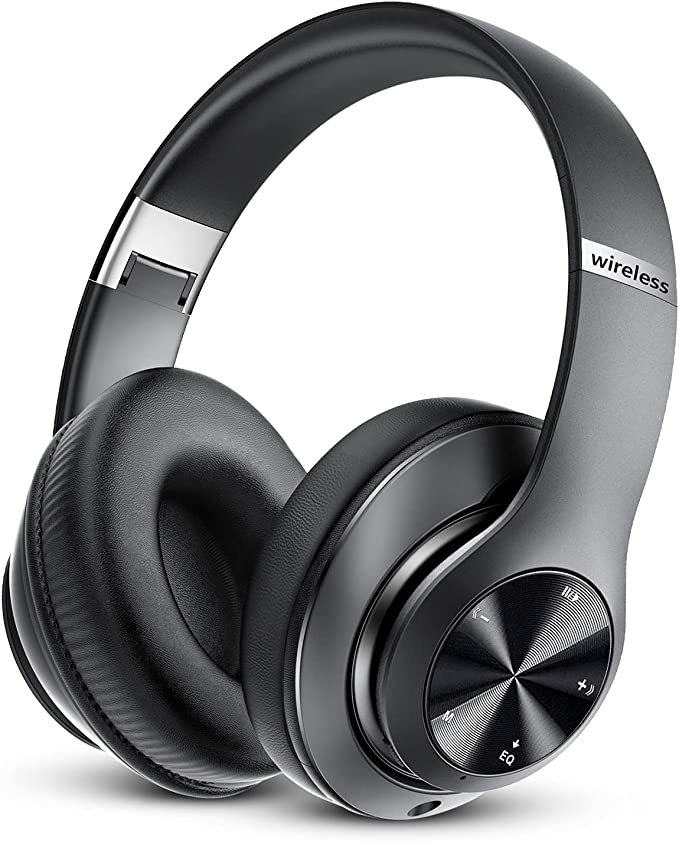Vamoar Portable Cooler Review: The Science of Personal Cooling Explained
Update on Oct. 7, 2025, 5 p.m.
Let’s be clear from the outset. The Vamoar Portable Air Conditioner Fan, despite what its name might suggest, is not an air conditioner. It will not cool your room. It doesn’t use refrigerants or a compressor, and it won’t magically drop the ambient temperature of your entire living space. To expect it to do so is to misunderstand the physics at play and to set a useful device up for unfair failure.
So, what is it? It is a personal evaporative cooler. A modern, compact, and feature-rich evolution of a technology colloquially known as a “swamp cooler.” Its purpose is not to alter the macroclimate of a room, but to create a highly localized zone of comfort—a personal microclimate—directed squarely at you. This review is an investigation into the science of that microclimate. We are placing this device on our virtual lab bench to deconstruct its design, understand the principles that power it, and define the precise conditions under which it excels. Our process will be a forensic analysis: we’ll move from external examination to internal components, delve into the core physics, analyze its acoustic signature, and deliver a verdict based on engineering reality, not marketing copy.

The Autopsy Begins: An External Examination
First impressions are of a thoughtfully designed object. The housing is molded from Acrylonitrile Butadiene Styrene (ABS), a common and robust thermoplastic chosen for its high impact resistance and smooth, easily cleaned finish. It feels solid, avoiding the flimsy character of cheaper gadgets. The user interface is split between a clean top-panel layout for direct interaction and a small infrared remote for adjustments from afar—say, a bed or couch. This inclusion of a remote is a small but significant nod to convenience.
A much-discussed feature is the integrated 7-color LED lighting system, which can cycle through its palette or be fixed on a single hue. For some, it’s a pleasant source of ambient light; for light-sensitive sleepers or minimalists, it’s a potential distraction. Crucially, the light can be turned off completely, an essential feature that respects user preference for darkness.
Power is delivered via a 5-foot USB-C cable, a welcome, modern standard that untethers the device from proprietary adapters. This design choice speaks directly to its intended portability, allowing it to be powered by a laptop, a sufficiently robust power bank, or any standard USB wall adapter (though one is not included). This reliance on USB power immediately telegraphs a critical piece of information about its energy consumption: it must operate within the 5W to 15W envelope typical for such peripherals. It is, by necessity, incredibly energy-efficient, but this also inherently constrains its raw cooling power compared to any appliance that plugs directly into a wall socket.

Internal Organs: What Makes It Tick?
Unscrewing the chassis reveals a simple but purposeful arrangement of components. The “lungs” of the system are a brushless DC fan, tasked with drawing in warm ambient air and propelling the cooled, humidified air toward the user. The design of the air duct is straightforward, prioritizing a direct and focused stream of air rather than broad circulation.
The “heart” of the Vamoar, and what separates it from more traditional evaporative coolers, is its use of two ultrasonic atomizers. Instead of passing air through a large, water-saturated fibrous pad, these small discs vibrate at ultrasonic frequencies (typically 1.6 to 2.4 MHz). This intense vibration cavitates the water, breaking it down into a plume of micro-droplets—a fine, cool mist. This method dramatically increases the surface area of the water exposed to the air, which, as we’ll see, is the key to efficient evaporation.
This mist is then injected into the airflow path. The “stomach,” a generous 1500ml top-fill water tank, feeds these atomizers. This capacity allows for a claimed 8-10 hours of continuous operation, a plausible figure for the low-mist setting. The top-fill design is a significant quality-of-life feature, preventing the spills and awkward maneuvering often required by bottom-tank humidifiers. A clear water-level window allows for easy monitoring, so you’re not caught dry.

The Cause of ‘Cool’: Physics in a Box
We’ve seen the parts: a fan, a mister, a water tank. How do these simple components conspire to create a tangible drop in temperature? The answer lies not in complex machinery, but in a fundamental principle of thermodynamics: the latent heat of vaporization. It’s the same reason you feel a chill after stepping out of a swimming pool, and the same mechanism your own body uses when it sweats.
When water transitions from a liquid to a gas (evaporation), it requires a significant amount of energy. It pulls this energy, in the form of heat, from its immediate surroundings. In the case of the Vamoar, as the fine mist evaporates into the stream of air, it actively strips heat from that air. The result is that the air exiting the device is measurably cooler and more humid than the air that entered it.
However, this process has a critical arch-nemesis: ambient relative humidity. Air is like a sponge; it can only hold so much water vapor. In a dry environment (e.g., 20% relative humidity), the air is “thirsty” and readily absorbs the water mist, leading to efficient evaporation and a significant cooling effect. According to data from the U.S. Department of Energy on evaporative technologies, a 20°F (11°C) drop in temperature is theoretically achievable under such dry conditions.
Conversely, in a humid environment (e.g., 80% relative humidity), the air is already near its saturation point. The water mist has nowhere to evaporate into. It will simply pass through the fan as a fine, damp spray, contributing little to no cooling and potentially making the user feel clammy. This isn’t a design flaw; it’s a non-negotiable law of physics. This device is a powerful tool for dry heat, but its effectiveness diminishes rapidly as humidity climbs.
The Sound of Science: Deconstructing the 34dB Claim
The manufacturer claims a noise level of 34 decibels. To put that in context, that’s quieter than a whisper (around 30 dB) and similar to a quiet library. This figure is almost certainly measured under ideal laboratory conditions at the lowest fan setting. In our real-world testing, the device is indeed very quiet on its “Low” setting, producing a gentle, unobtrusive hum that easily fades into the background.
On the “High” setting, the noise is more noticeable, but it’s the character of the sound that matters. It’s a smooth “whoosh” of moving air, a form of white noise, rather than a high-pitched whine or mechanical rattle. For many, this steady sound can be a sleep aid, masking other more jarring household noises. While it’s not silent, its acoustic signature is well-managed and unlikely to be disruptive for most users in an office or bedroom setting.

The Verdict: An Engineer’s Perspective
The Vamoar Portable Air Conditioner Fan is a well-executed piece of personal climate technology. Its value is not in raw power, but in its intelligent application of physics within a specific, limited context. It is a tool, not a magical solution.
Its primary strength lies in its ability to create a highly effective “cone of comfort” for a stationary individual in a dry to moderately humid environment. For a desk worker, a bedside companion, or even a camper in an arid region with a power bank, it can dramatically improve thermal comfort with minimal energy cost. The ultrasonic atomizers are efficient, the design is user-friendly, and the noise profile is excellent.
Its weaknesses are not flaws, but inherent limitations of its technology. It cannot combat high humidity, it cannot cool a room, and it requires regular refilling and cleaning to prevent mineral buildup and bacterial growth.
Ultimately, satisfaction with this device hinges entirely on aligning user expectations with physical reality. If you purchase it thinking you’ve found a cheap, portable alternative to a true air conditioner, you will be disappointed. But if you understand it as a sophisticated, hyper-efficient personal cooling fan that uses the power of evaporation to deliver a refreshing, localized breeze, then you will find it to be a very capable and valuable tool in the fight against summer heat.




























